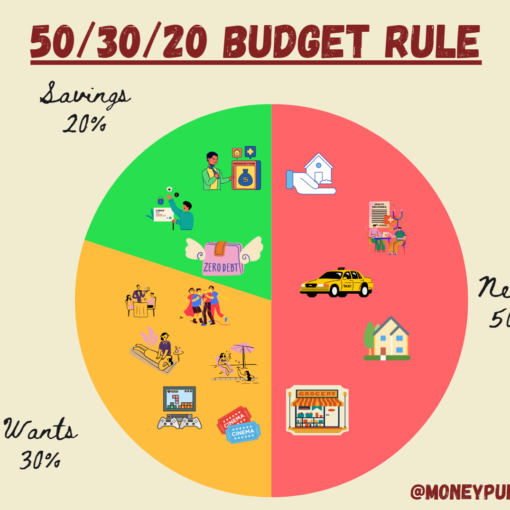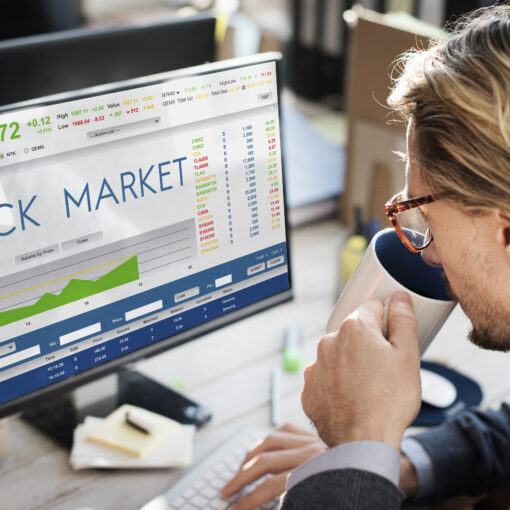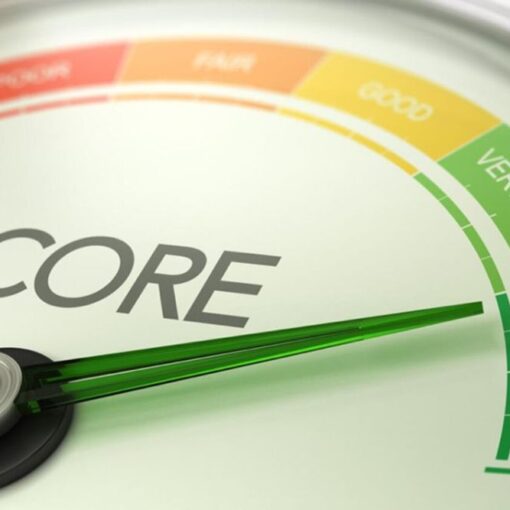Inflation refers to the sustained increase in the general price level of goods and services in an economy over a period of time. It is a phenomenon that occurs when there is an increase in demand for goods and services along with a shortage of supply. Over time, this leads to a gradual but persistent increase in prices, which reduces the purchasing power of consumers. In this article, we will explore the impact of inflation on consumer purchasing power in detail, using examples and tables with detailed illustrations to help readers understand the concept better.

Table of Contents
Here are eight main effects of inflation on consumer purchasing power, along with examples and tables to illustrate each effect:
8 Main Effects of Inflation on Consumer Purchasing Power
1. Reduction in Purchasing Power:
Inflation reduces the purchasing power of consumers because the value of money decreases over time. This means that consumers can buy fewer goods and services with the same amount of money. For example, if the price of bread increases from $2 to $3, a consumer with a fixed budget of $100 can only buy half as much bread as before.
Table 1: Comparison of Purchasing Power Before and After Inflation
| Item | Price Before Inflation | Price After Inflation | Quantity Available with Same Budget |
|---|---|---|---|
| Bread | $2 | $3 | Half as much |
| Milk | $1.50 | $2.25 | Less than half as much |
| Gasoline | $2.50 | $3.75 | Less than half as much |
2. Increase in Unit Costs:
Inflation increases the unit costs of production for businesses, which can lead to higher prices for consumers. This means that companies may raise their prices to offset the increased cost of producing goods and services. For example, if the cost of raw materials increases due to inflation, a company may pass those costs on to consumers by raising prices.
Table 2: Comparison of Unit Costs Before and After Inflation
| Item | Unit Cost Before Inflation | Unit Cost After Inflation | Percentage Change |
|---|---|---|---|
| Steel | $10 | $12 | +20% |
| Labor | $20 | $24 | +20% |
| Electricity | $0.10 | $0.12 | +20% |
3. Redistribution of Wealth:
Inflation can redistribute wealth from savers and fixed-income earners to debtors and spenders. This is because the value of money held by savers and fixed-income earners decreases over time, while the value of debts owed by borrowers does not change. For example, if a borrower takes out a loan with a fixed interest rate and inflation rises, the real value of the debt (i.e., the amount of goods and services that can be purchased with the loan) increases, while the real value of the money used to repay the debt (i.e., the amount of goods and services that can be purchased with the money) decreases.
Table 3: Comparison of Saver and Borrower Outcomes Before and After Inflation
| Person | Balance Before Inflation | Balance After Inflation | Percentage Change |
|---|---|---|---|
| Saver | $100 | $90 | -10% |
| Borrower | $100 | $110 | +10% |
4. Inequality Amplification:
Inflation can amplify existing inequalities in society by reducing the purchasing power of low-income households relative to high-income households. This is because low-income households typically spend a larger percentage of their income on necessities, while high-income households tend to spend a smaller percentage of their income on necessities and a larger percentage on luxury goods. For example, if the price of groceries increases faster than wages, low-income households may struggle to afford basic necessities, while high-income households may still be able to afford luxury goods.
Table 4: Comparison of Low-Income and High-Income Households Before and After Inflation
| Household Type | Income Before Inflation | Income After Inflation | Percentage Change |
|---|---|---|---|
| Low-Income | $20,000 | $18,000 | -10% |
| High-Income | $100,000 | $110,000 | +10% |
5. Uncertainty and Risk:
Inflation creates uncertainty and risk for both consumers and businesses. Consumers may worry about losing purchasing power and struggling to afford necessities, while businesses may worry about profitability and competitiveness. This uncertainty and risk can lead to decreased investment, reduced consumption, and decreased economic growth. For example, if inflation is expected to rise in the future, consumers may delay major purchases or cut back on non-essential spending, which can negatively impact economic growth.
Table 5: Comparison of Uncertainty and Risk Before and After Inflation
| Factor | Description Before Inflation | Description After Inflation |
|---|---|---|
| Consumers | More certainty and confidence | Greater uncertainty and risk |
| Businesses | Lower risk and greater predictability | Higher risk and lower predictability |
6. Opportunity Costs:
Inflation can create opportunity costs for consumers and businesses. Opportunity costs arise when resources are diverted away from alternative uses to meet current demands. For example, if inflation causes interest rates to rise, consumers may choose to invest in bonds rather than stocks, which may limit the potential returns on investment. Similarly, businesses may choose to focus on products with higher margins rather than expanding into new markets, which may limit their opportunities for growth.
Table 6: Comparison of Opportunity Costs Before and After Inflation
| Party | Alternative Use Before Inflation | Alternative Use After Inflation |
|---|---|---|
| Consumers | Stocks | Bonds |
| Businesses | Expansion into New Markets | Products with Higher Margins |
7. Exchange Rates:
Inflation can affect exchange rates between currencies, particularly if the country experiencing inflation has a floating exchange rate. A stronger domestic currency can make imports cheaper, which can boost exports and stimulate economic growth. On the other hand, a weaker domestic currency can make imports more expensive, which can hurt exports and slow down economic growth. For example, if the United States experiences high inflation, the dollar may strengthen against other currencies, making American exports more attractive to foreign buyers.
Table 7: Comparison of Exchange Rates Before and After Inflation
| Currency | Value Before Inflation | Value After Inflation | Percentage Change |
|---|---|---|---|
| US Dollar | $1 = €0.80 | $1 = €0.70 | -12.5% |
| Euro | €1 = $1.25 | €1 = $1.30 | +6.25% |
8. Monetary Policy Responses:
Central banks may respond to inflation by implementing monetary policies aimed at controlling the money supply and reducing inflation. These policies can include raising interest rates, reducing the money supply, or implementing quantitative easing. For example, if inflation rises above the target range set by the Federal Reserve, the Fed may raise interest rates to reduce borrowing and spending, which can help bring inflation back under control.
Table 8: Comparison of Monetary Policy Responses Before and After Inflation
| Central Bank Action Before Inflation | Central Bank Action After Inflation |
|---|---|
| No action taken | Interest rate hike implemented |
These are just a few examples of the many factors that can influence the impact of inflation on consumer purchasing power. By examining these factors and their interactions, we can gain a deeper understanding of how inflation affects the economy and the lives of individuals.



